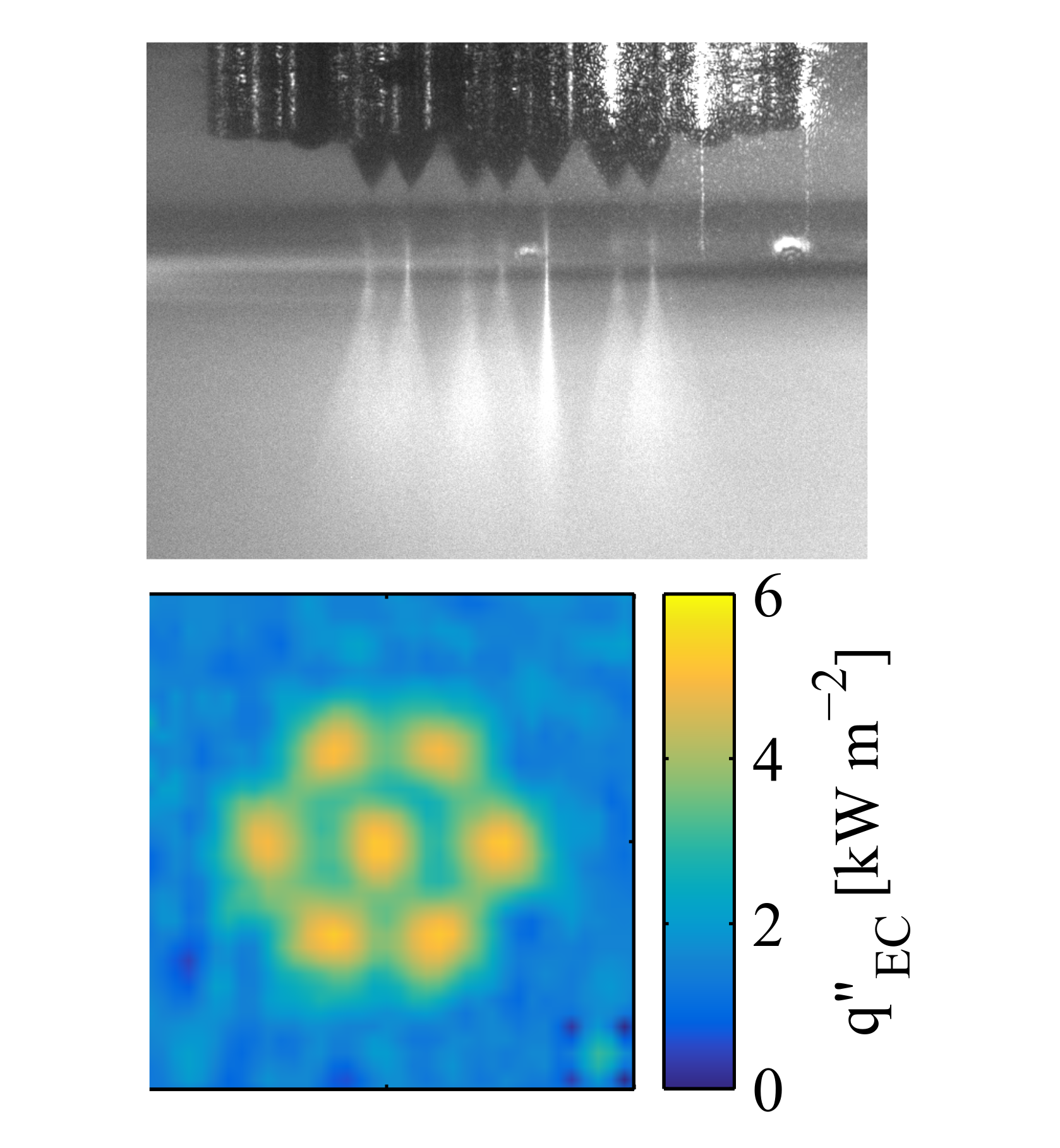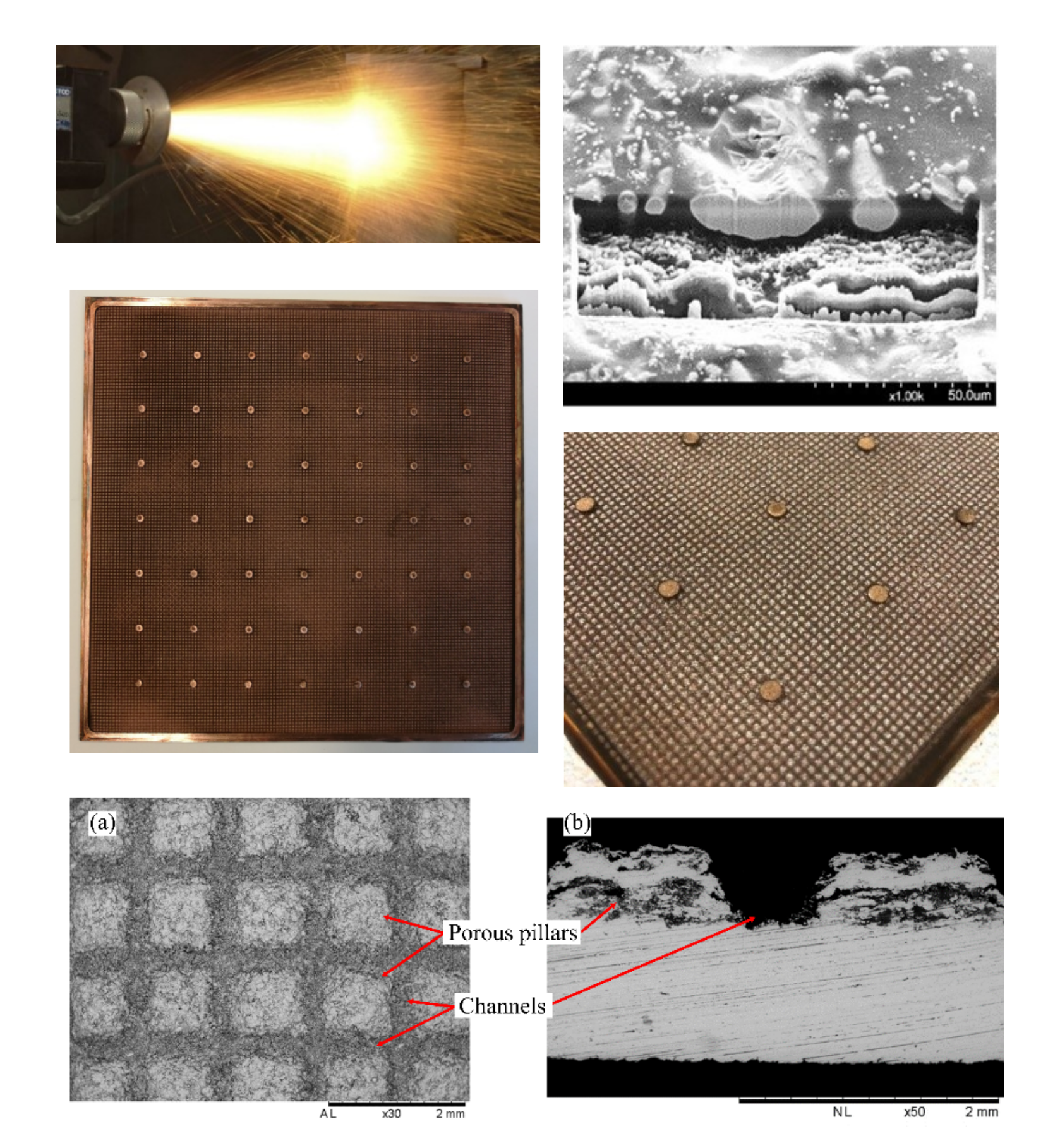Waste Heat Transport, Conversion, and Storage
Waste Heat Recovery from Data Centres
Data centres enable modern society by supporting the flow of information and global connectivity, enabling instant information access, social networking, telecommunications, banking, and online shopping.
By 2031, 28% of Ireland's total electricity will be consumed by data centres, and globally they have one of the fastest-growing carbon footprints. Almost 100% of the energy consumed by a data centre server is converted to heat, which is dumped into the surrounding environment.
This research will develop innovative waste heat recovery technology to harness the rapidly increasing waste heat from Data Centres to produce usable energy to increase Data Centre efficiency and reduce carbon emissions.
This will be achieved by developing a highly efficient, long-distance heat transportation technology using Loop Heat Pipes and Two-phase mechnically pumped Loops by combining numerical simulation, novel material science approaches, and previously unconnected technologies.
This research aims to investigate zero-carbon data centre implementation by combining these heat transportation technologies and integrating them with existing waste heat recovery technologies to harness the waste heat from data centres, reducing energy requirements and carbon emissions. The research will rely on inputs from industrial partners as well as local authorities, other industry stakeholders and policymakers.
This work is supported by the Royal Society and Science Foundation Ireland under grant URF\R1\211776.
Heat Transfer and Electronics Cooling
Droplet Evaporation
Droplet evaporation represents a common natural phenomenon that has applications in numerous industrial fields, such as DNA mapping, surface patterning, solidification, boiling, combustion, heat pump design, spray cooling, propulsion and 3D printing, among others.
This research is investigating droplet evaporation and contact line dynamics for varied gravity, electric field and surface wettability.
It has a direct impact on all two-phase processes, from evaporators in industrial power generation cycles to microelectronic thermal management. It has originated two European Space Agency (ESA) Parabolic Flight campaigns and a currently ongoing ESA MAP Evaporation project between TCD, TUDublin and the University of PISA.
Flexible Heat Pipe
A heat pipe is a highly‐efficient heat transportation device operating on a sealed evaporation‐condensation cycle.
The advent of foldable and wearable devices, such as the Samsung Galaxy Fold (2019) and Huawei Mate X (2019), require increased battery size and processor performance to drive their larger flexible displays. As a result, there is a growing need to develop flexible thermal management solutions, such as flexible heat pipe technology, to cool these foldable electronic devices.
Additionally, flexible heat pipes in tandem with waste heat recovery technologies show significant promise in powering the next‐generation next‐generation wireless IoT sensors.
This research is developing novel flexible heat pipe technology for foldable and wearable electronics and energy harvesting applications.
Two-Phase Pumped Loop
A paradigm shift in the integrated circuit (IC) architecture I required to meet the increasing global demand for computing performance. Transistor scaling, which has historically driven improvements in performance, is reaching a physical limit. Vertical integration of stacked logic processors and memory-integrated circuits is the key driver in enabling next-generation computational performance.
Stacking these integrated circuits results in tremendous volumetric heat generation due to the increased thermal resistance within the IC package.
Two-phase pumped loops are a promising potential solution, facilitating large amounts of heat removal at minimal flow rates. This approach minimizes the variation of temperature across the chip due to phase change while optimizing exergy and the potential to recover the dissipated thermal energy.
This work is developing a two-phase pumped cooling for next-generation high-performance server microelectronics.
Electrospray Cooling
This research developed an innovative two-phase cooling technology for space and microelectronic applications. Electrospray cooling is the fluid atomisation of a fluid through electrostatic forces.
Electrospray cooling is an attractive proposition for thermal dissipation due to its high efficiency and markedly lower power requirements compared with more conventional air cooling and other atomisation systems. It offers low-profile liquid cooling performance for low liquid flow rates (μL/min), its generation of monodisperse micron-sized charged droplets, self-spray dispersion due to Coulomb repulsions, negating droplet rebound and increasing droplet spreading upon impact due to Coulomb attraction. Leading to a more effective heat transfer processes. Electrospraying can result in a hundredfold reduction in pressure drop in comparison with conventional fluid atomisers.
Single and multisource electrospray cooling was investigated for varied surface temperatures and applied electric fields.
Additive Manufacturing and Surface Engineering
Innovative Porous Structure Development
Porous structures are ubiquitous in heat transfer and biomedical applications in the passive transport of fluid and enabling high heat transfer surfaces found in consumer electronics and industrial power stations. The research focuses on the development of state-of-the-art porous structures using novel fabrication techniques to create innovative porous structures and materials.
Surface Engineering and Materials Characterisation
This research explores fluid-solid interactions:
Metal coating of polymers for lightweight heatsinks.
Paint-wood wetting for wood coating durability and lifecycle.
Moisture condensation on vapour transmission through porous membranes for engineered materials such as GORE-TEX.
https://doi.org/10.3390/coatings10111013
https://doi.org/10.1177/15280837211014239













